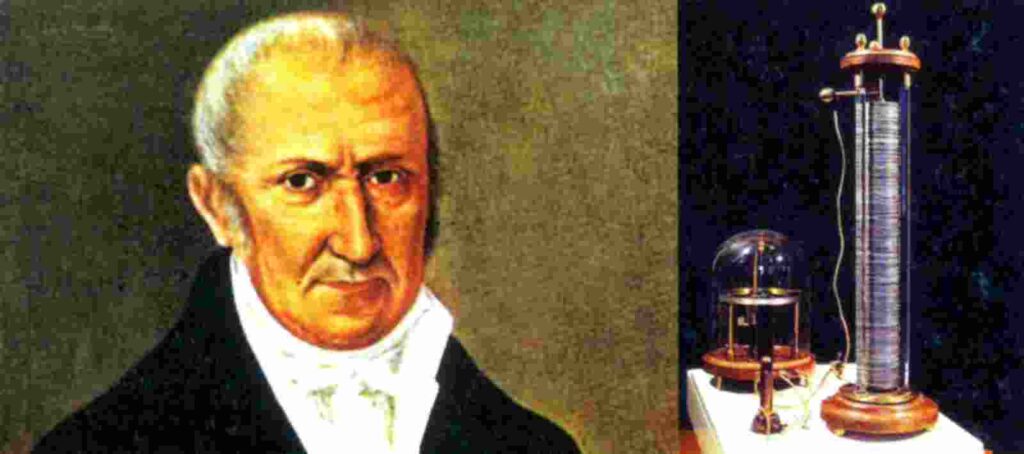Person who invented electric cell
Alessandro Volta, whose full name is Alessandro Giuseppe Antonio Anastassio Volta, was born on February 18, 1745 in Como, Lombardy (Italy), and died in 1827 March 5th, Como) is an Italian physicist who invented a electric cell that provides the main source of constant flux. Like many scientists at the time, he particularly liked electricity.
What Alessandro Volta is known for?
He carried out pioneering work, especially in the field of electrical sciences. In 1775, he invented a device that, when electrically charged from friction, could transfer this charge to other objects. With this invention, Volta proved that electricity can be produced chemically. Alessandro Volta is known for his invention and as a person who invented electric cell.
The invention of Volta inspired a lot of scientific enthusiasm and prompted others to carry out similar experiments, which eventually led to the development of the electrochemical field. Before becoming a professor of physics at the University of Pavia in 1779, Volta had created an electrophoresis capable of generating electrostatic charges and discovered methane.

Soon, Volta traveled to Paris to show off his invention, which he initially described as an “electric organ”. “Artificial”, emphasizing that no animal tissue is needed to generate electric current. Not only did he attract the scientific community to him in the discussion with Galvani, but he was immediately recognized as a useful tool.
In the 1800s, Volta invented the primary battery, one of the first batteries to generate direct current, after a professional dispute over the current response advocated by Galvani. He also built an electric motor from a voltaic battery, which is rare for an impossible invention. His early successes included the improvement of electrophoresis (a reliable method of generating static electricity that attracted the interest of many scientists, including Ben Franklin) in 1775.
Also Read: Achyuta Deva Raya: The unknown king of Vijayanagara Empire
His inventions leading to discovery of new technologies
Using his invention, scientists were able to create a constant current for the first time, which triggered a wave of new discoveries and technologies. The battery invented by Volta provided chemists with a very powerful new method for studying substances. The beauty of his device is that almost anyone can make it-silver and copper coins can be used by many people, as are other metals such as iron, tin, and zinc.
The physicist showed that the electric current was produced not by the bodies of animals, but by the contact of two metals. It was a revolutionary idea that refuted previous theories and sparked fierce controversy among scholars of the day. In 1820, thanks to Voltas batteries, Hans Christian Oersted studied the relationship between electricity and magnetism. But further research on electromagnetism and any practical use of electricity will require a direct current source that was not available until 1800, when Alessandro Volta invented the first electrical cell, the precursor to the modern battery.
He was awarded by Napoleon Bonaparte for the invention of the electric battery, did not always enjoy the support of the international community”.
Confirmed by the British Institute, the battery quickly became known around the world, and Napoleon Bonaparte asked the inventor to conduct a demonstration at the French National Institute of Sciences.
The galvanic battery was one of the first reliable sources of electricity. This new source of research has led to many discoveries in this area, from understanding the electrolysis of water to detecting an electric arc. The Volt gets its name from the Volta because its voltaic cell was the beginning of the battery and has been the best way to reliably supply electricity for decades.
Also Read: Alexander lll Of Macedon: Also known as Sikandar King